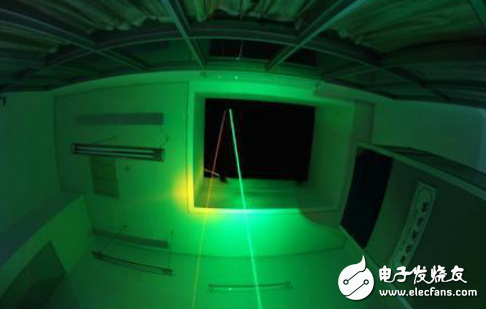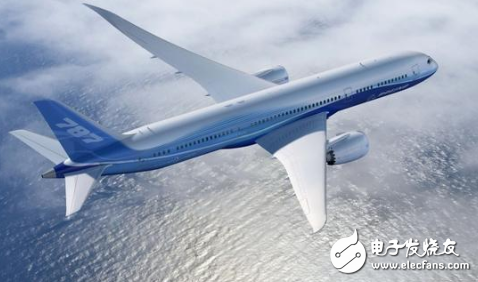Lidar assists drones for tracking and positioning
Radar is no stranger to many people, but lidar may not be heard much. In recent years, with the exposure of unmanned driving technologies such as Google and Tesla, lidar has also received widespread attention.

Lidar, or light detection and measurement, is a system that integrates three technologies: laser, global positioning system (GPS) and inertial navigation system (INS), used to obtain data and generate accurate DEM (digital elevation model) . In terms of working principle, there is no fundamental difference from microwave radar, but compared with microwave radar, it has the characteristics of high resolution, good concealment, strong anti-active interference ability, good low-altitude detection performance, small size and light weight.
With the continuous development and popularization of laser technology, there are more and more applications of laser radar, such as unmanned cars, unmanned aircraft, 3D printing, VR/AR and other fields can see it.
pilot-less airplane

Unmanned driving technology is not only useful in cars, but in the future, unmanned aircraft will also appear. Does this sound cool? It is an unmanned aircraft operated by radio remote control equipment and its own program control device. There is no cockpit on board, but equipment such as autopilot and program control devices are installed. The personnel on the ground, on the ship or the remote control station of the mother aircraft use radar and other equipment to track, locate, remotely control, remotely measure and transmit digitally. It can take off like an ordinary airplane under radio remote control or launch with a booster rocket, or it can be carried into the air by a parent plane for flight.
In unmanned aircraft, on-board radar is also crucial. Airborne lidar is an airborne laser detection and ranging system installed on an airplane, which can measure the three-dimensional coordinates of ground objects. As early as the 1970s, developed by NASA, the LIDAR surveying and mapping technology airborne laser scanning technology began to develop, and the speed was rapid, and commercialization began in about 1995.
Educational projectors are mainly aimed at classroom teaching by school teachers; traditional projectors are not easy to carry. Due to the naughty students in school classrooms, projectors are not safe to place in classrooms and are easily damaged by students. The portability of educational micro-projectors makes up for teaching Vacancy, it is convenient for teachers to give lectures and only need to store the materials in the projector and show them to students for teaching, saving the trouble of textbooks and handwriting with pens and chalks. Its general weight will not exceed 0.2Kg, and some do not even need fan cooling or ultra-small silent fan cooling.
Educational projectors need to have:
1. Clear handwriting Educational projectors most often display text and images, at least a resolution of 1024*768 or more, and a contrast ratio of more than 3000 lumens, so that students in the back row can see the projection clearly
2. Short-focus large screen;
3. Accurate color;
4. Easy operation;
5. Features such as multiple connection methods.
education projector,education use projector,smart education projector,best education projectors,projector for education
Shenzhen Happybate Trading Co.,LTD , https://www.szhappybateprojectors.com